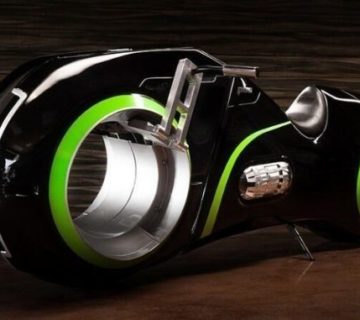Fashion design is an intricate, multi-step journey that transforms an idea into a tangible collection. The path from concept to collection is more than just sketching and stitching; it involves creativity, planning, and a deep understanding of fabric, trends, and market demand. In this article, we will explore the detailed process that fashion designers follow, from their initial concept to the final collection that hits the runway or store shelves.
Page Contents
1. Conceptualization: The Spark of an Idea
Every collection begins with an idea—this is the first step in the fashion design process. The designer seeks inspiration from various sources such as art, nature, culture, or current events. This stage is all about brainstorming and exploring different possibilities. Designers often create mood boards to visualize their concept, bringing together colors, textures, and themes that will guide the entire collection. They may also consider the target audience, the season, and any emerging trends in the industry. Once the initial concept is clear, the designer begins thinking about how the collection will reflect the unique vision they have in mind.
2. Research and Trend Analysis
After the concept is developed, designers dive into research to ensure their collection aligns with the latest fashion trends. This involves studying current runway shows, fashion publications, and even consumer preferences. Understanding trends is crucial as it helps designers stay relevant in a fast-paced industry. The designer also gathers insights into fabric choices, colors, and silhouettes that are gaining traction. Alongside this, designers evaluate the market, taking note of what’s already available and how their collection can stand out. This research ensures the collection resonates with the intended audience and is positioned for success.
3. Sketching and Design Development
Once the research phase is complete, designers begin translating their ideas into sketches. These drawings are detailed and serve as a blueprint for the collection. Designers explore different garment styles, silhouettes, and embellishments, often drawing multiple variations to refine their ideas. The sketches help visualize how the pieces will look in real life and allow the designer to make adjustments before proceeding to the next phase. Some designers may create technical drawings, which include precise measurements and construction details for the garment. At this stage, designers also begin to select fabrics that will best bring their vision to life.
4. Prototyping and Sample Creation
With sketches in hand and fabric selected, the next step is creating prototypes or samples of the designs. This phase is critical because it brings the designer’s vision into the real world. A sample garment is created using the chosen fabric, allowing the designer to assess how the materials work together and how the garment fits. Adjustments are made during this stage to improve fit, functionality, and overall aesthetic. Once the samples are refined and perfected, the designer can begin to develop the entire collection. This stage is often iterative, with designers revisiting the prototypes multiple times to ensure they meet the desired standards.
5. Finalizing the Collection and Production
The final phase of the design process involves bringing the entire collection to life. After reviewing the samples and making any necessary modifications, designers move into production. This involves scaling up the manufacturing process to create the full collection. Depending on the designer, this could mean overseeing small-scale production or partnering with manufacturers to produce the garments in bulk. Designers also focus on selecting additional elements such as accessories, footwear, or outerwear that complement the collection. As the production process progresses, the designer ensures that every piece aligns with the initial concept, quality standards, and brand identity.
6. Marketing and Presentation
Once the collection is complete, it is time for the final step: marketing and presentation. Designers often host runway shows or photoshoots to showcase their collection to the public, buyers, and fashion media. The presentation is an opportunity to tell the story behind the collection, highlighting the inspiration and design process. Marketing efforts also include social media campaigns, lookbooks, and retail partnerships to reach a wider audience. Additionally, the timing of the collection’s release is essential, as designers often release seasonal collections ahead of major shopping periods, such as for Christmas gifts or fashion-forward spring wardrobes.
Conclusion: The Journey from Concept to Collection
The fashion design process is a fascinating journey that involves creativity, research, and technical skill. From the spark of an idea to the final collection, designers pour their passion and expertise into every step. The end result is a cohesive and marketable collection that speaks to the designer’s vision and resonates with consumers. Whether it’s haute couture, ready-to-wear, or seasonal collections, the process remains the same—bringing dreams to life, one stitch at a time. Through careful planning, collaboration, and innovation, designers create not just clothes, but pieces of art that define the fashion industry.



